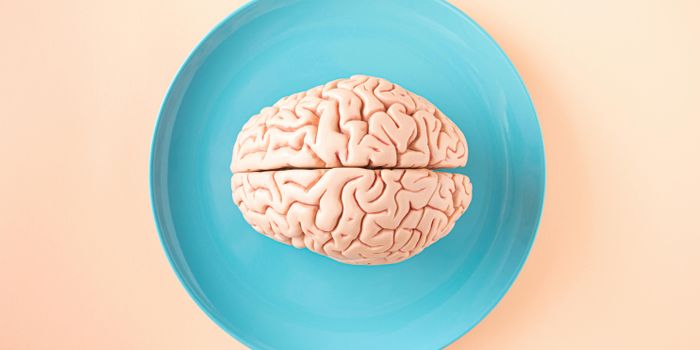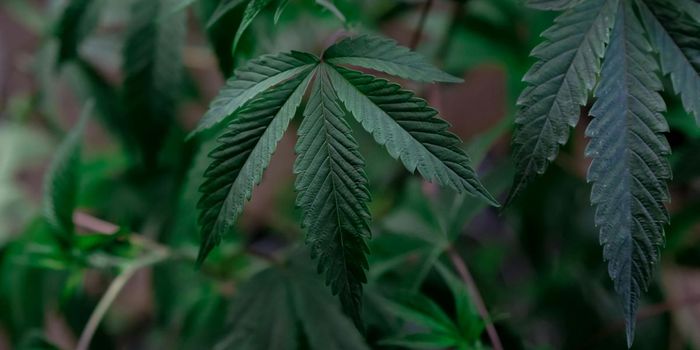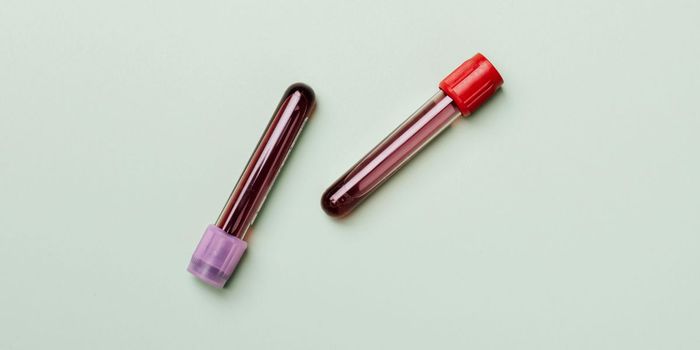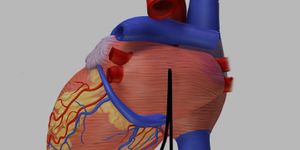How Heavy Drinking Changes the Teenage Brain
Teens shouldn’t drink alcohol. This isn’t a concept that’s at all unclear, there are dozens of research studies that pinpoint the damage alcohol can do to the still-developing adolescent brain. Given that impulse control and executive function are not full developed in the brains of teenagers, there is the problem of binge drinking. Teens are much more likely in to binge drink (more than 4 drinks for a young woman, 7 for a young man, on one occasion) and when this is combined with the fact that the teenage brain has a long way to go in terms of decision making ability, it’s a dangerous equation. New research from Finland has even more specific information about teenagers and alcohol. A study from the University of Eastern Finland and Kuopio University Hospital, published in the journal Addiction Biology, has shown that extended heavy consumption of alcohol during the teen years actually alters the brain. Cortical excitability and functional connectivity are two areas in which the researchers saw changes in the brain. The significant part of the research however was that these teens had not met the diagnostic criteria for a substance abuse disorder, however they were clearly affected.
The study was part of a larger research project in Finland, the Adolescents and Alcohol Study. In follow up work, the team specifically analyzed the electrical activity in the cortex of the brains of volunteers who had been in the study initially beginning between the ages of 13-18 and were now between the ages of 23-28. Study participants were in two groups. 27 volunteers were identified as having been heavy drinkers during their adolescence. The control group was 25 young adults who were matched for age, gender and education to the first group and who had almost no alcohol use during their teen years.
So how was brain activity measured and observed? Researchers used transcranial magnetic stimulation (TMS) combined with simultaneous electroencephalogram (EEG) recording. In TMS, magnetic pulses are directed at the head to activate different neurons in specific areas of the brain. The technique is non-invasive and painless to the person receiving it. It’s a process that allows researchers to analyze how the brain responds to electrical stimulation and how different regions of the brain communicate. This is called connectivity and it’s very important in brain function.
Among the young adults who had been heavy users of alcohol (but who had not met the criteria for diagnosis of an alcohol abuse disorder) the response in the cortex, the excitability factor, was stronger. The electrical activity was greater overall in this group and in addition there was more activity associated with the neurotransmitter gamma-aminobutyric acid (GABA). GABA is a key factor in brain connectivity. If this balance of chemistry and electrical activity is altered, as it was in the group of young adults who had been heavy teen drinkers, the brain will not function efficiently. Messages, in the form of electrical impulses being transmitted from one part of the brain to another, rely on neurotransmitters like GABA. Several existing studies pinpoint GABA as a factor in anxiety, depression and some neurodegenerative conditions like Alzheimer’s and Parkinson’s disease.
The team in Finland believes that their results should be used to consider whether or not the criteria for an alcohol abuse disorder needs to be updated when the patient is a teen. The brain of someone aged 13-18 is vastly different from that of someone older and the results of this follow-up analysis suggest that some adolescents might be falling through the cracks and not receiving timely treatment. Check out the video below to learn more.
Sources: UPI, University of Eastern Finland, Addiction Biology









